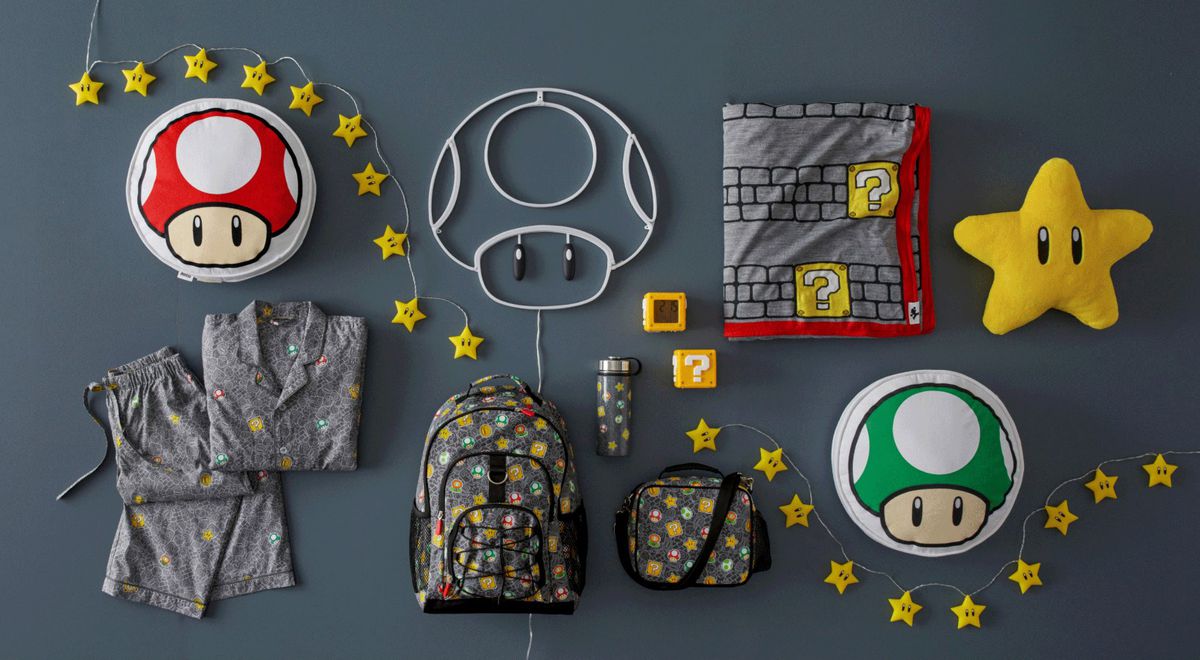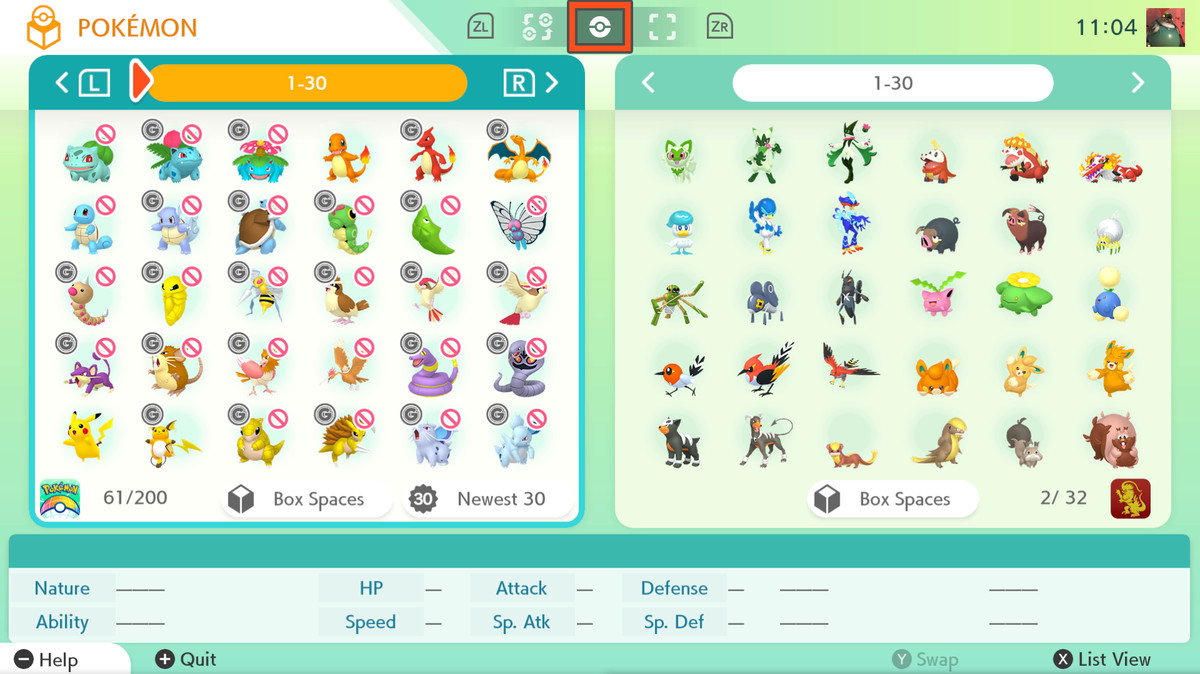I caught up with Pikmin 4 over the holidays — Nintendo had a good 2023, didn’t it? — and it’s been a joy to slip back into the unique rhythms of this oddball strategy series. But it took me a minute to get comfortable with them.
Unusually for a Nintendo production, Pikmin 4 initially feels freighted down by the accumulation of features, ideas, and embellishments that have been layered on this gorgeously original design over 22 years and four games. With the addition of gadgets and your pup helper Oatchi, to name just two new systems, there’s a lot going on here, the weight of which somewhat flattens the core appeal of ordering a swarm of cute little plant men to battle bugs and dig up treasure. Like many game sequels with a long history, Pikmin 4 feels both too easy and too fussy in the early hours.
Happily, this impression doesn’t last, and one reason it doesn’t is a simple but crucial design choice the Pikmin series has had since the beginning. Every 15 minutes or so, the game sends you to bed.
:no_upscale()/cdn.vox-cdn.com/uploads/chorus_asset/file/24706471/Switch_Pikmin4_Screen_12.jpg)
There’s an in-universe explanation for this. In Pikmin, you take on the role of a tiny space explorer, exploring mundane locations like backyards and tide pools from an antlike perspective. This planet, foreign to your micro astronaut, looks like Earth and is scattered with the detritus of human living — fruit, buttons, Game Boys, origami cranes — but populated with fantastically bizarre and dangerous wildlife. These creatures increase in number at night, so when sunset approaches at the end of an in-game day (which is around 15 minutes long, unless you’ve descended into a dungeon, where time slows so much it effectively stops), it’s time to cut your losses, gather your Pikmin, and head back to base.
Nominally, this built-in timer increases the difficulty of the game. Pikmin is all about efficient multitasking — the art of “dandori” — and the time limit essentially increases the pressure on the player to execute their plans. (Earlier games in the series even had to be completed within a set number of days, giving them an ultimate fail state.) The timer also encourages tidiness and watchfulness. Pikmin left idle on the map at the end of the day will get eaten, which depletes your most valuable resource — and, more importantly, is absolutely gutting to watch, as fat, waddling Bulborbs gather to chomp down on them, and Pikmin ghosts coil like smoke from their adorable little corpses. Guilt can be a powerful motivator.
This is all true, but Pikmin’s diurnal cycle also works to make the game more manageable. It gives the game an innate rhythm — explore, fight, build; gather, collect, retreat; then do it all again — that keeps the action reined in. Without it, a multitasking game like this could quickly become too sprawling, disorganized, or fatiguing to stay on top of. The day timer fills the role of the mission structure in a real-time strategy game’s campaign mode, while allowing your exploration of the game’s bewitching little microcosms to feel more organic and player-directed.
:no_upscale()/cdn.vox-cdn.com/uploads/chorus_asset/file/25205794/pikmin_bedtime.jpg)
In Pikmin 4, the day cycle also cuts through the game’s increasingly elaborate design. As well as collecting treasure, you’re rescuing castaways and crew members — many of whom bring new missions, mechanics, and upgrade trees back to base with them. During a morning briefing session, there’s unlimited time to meet and chat to all of them and digest what they’ve brought to the table. At night, it’s cute and satisfying to watch the growing crowd of little space adventurers gather to welcome your craft home and read their evening banter aboard the grounded S.S. Shepherd. These scenes are set to the strains of “Today’s Results,” a beautiful, warbling sci-fi lullaby by original composer Hajime Wakai; the perfect piece of video game music to drift off to.
For all the stress it induces as you race to mop up your scattered forces at sundown, there’s something deeply soothing about bedtime in Pikmin. It offers a chance to take stock of what you achieved that day, to mourn any Pikmin you lost, and to inspect the gorgeous, photorealistic models of humdrum objects Nintendo’s artists have created to serve as treasure. If it was a good day, it’s satisfying; if it was a bad day, it’s an opportunity to draw a line under it, move on, and do better tomorrow. Frankly, it’s good mental hygiene — not to mention the birth of one of the great loops in gaming.








